Top 5 Interesting Facts About Geoffrey Chaucer
Geoffrey Chaucer (circa the 1340s - October 25, 1400) was an English poet, author, and civil servant best known for his work The Canterbury Tales. He has been ... read more...referred to as the "Father of English Literature" or the "Father of English Poetry." Here are the 5 interesting facts about Geoffrey Chaucer you shouldn't miss.
-
One of the most interesting facts about Geoffrey Chaucer you should know is that he has been called the "father of English literature". Geoffrey Chaucer is regarded as the founder of modern English literature, according to Harald Sack. Although Old English generated a wealth of literature in the early Middle Ages, this writing tradition came to an end with the Norman invasion of 1066. French, or Anglo-Norman, became the language of the upper and educated classes from then on. It wasn't until the 14th century that English regained its esteem, and Chaucer was among the first to employ it as a literary language, earning him the title "Father of English Literature."
The Book of the Duchess, The House of Fame, The Legend of Good Women, and Troilus and Criseyde are among Chaucer's numerous other works. He is seen as important in legitimizing the literary use of Middle English at a time when Anglo-Norman French and Latin were the prominent literary languages in England. Thomas Hoccleve, Chaucer's contemporary, referred to him as "the firste fyndere of our fair language". Chaucerian manuscripts include the first mention of about two thousand English words.
Geoffrey Chaucer is largely regarded as the finest English poet of the Middle Ages, and he holds a unique place in the Middle Ages. His impact on English literature is far greater than that of his forefathers and contemporaries. Chaucer is known as "The Father of English Poetry" because his contribution to the development of English poetry and literature was far greater than that of his contemporaries. Chaucer made a significant contribution to the evolution of English poetry.
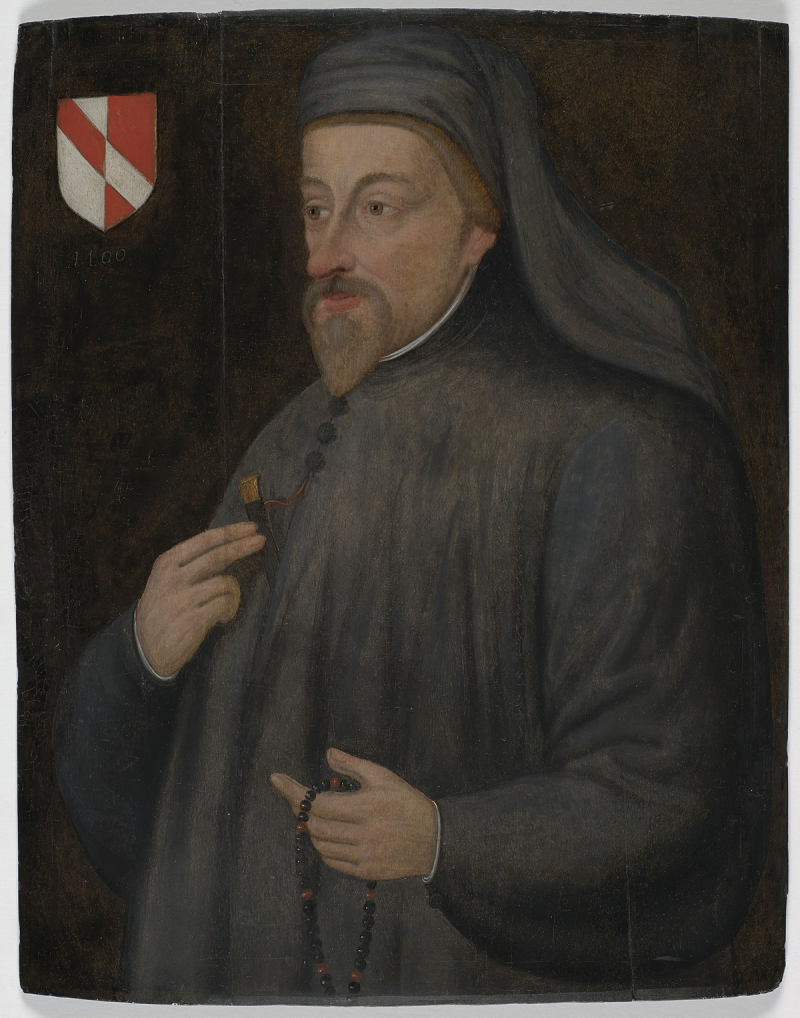
vi.wikipedia.org 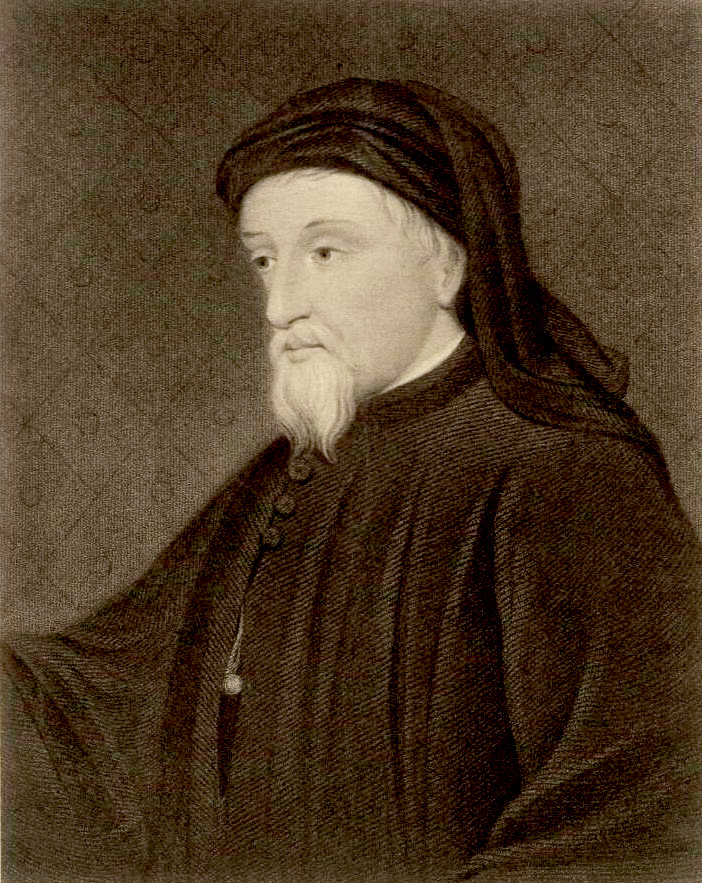
en.wikipedia.org -
It is a fact that he is most known for his unfinished work, The Canterbury Tales, which is regarded as one of the greatest works of poetry in English. The Canterbury Tales is a collection of twenty-four stories that runs to over 17,000 lines written in Middle English by Geoffrey Chaucer between 1387 and 1400. It is widely regarded as Chaucer's magnum opus. The tales (mostly written in verse, although some are in prose) are presented as part of a story-telling contest by a group of pilgrims as they travel together from London to Canterbury to visit the shrine of Saint Thomas Becket at Canterbury Cathedral. The prize for this contest is a free meal at the Tabard Inn at Southwark on their return.
It has been suggested that the greatest contribution of The Canterbury Tales to English literature was the popularisation of the English vernacular in mainstream literature, as opposed to French, Italian, or Latin. English had, however, been used as a literary language centuries before Chaucer's time, and several of Chaucer's contemporaries, John Gower, William Langland, the Pearl Poet, and Julian of Norwich, also wrote major literary works in English. It is unclear to what extent Chaucer was seminal in this evolution of literary preference.
The Canterbury Tales is generally thought to have been incomplete at the end of Chaucer's life. In the General Prologue, some 30 pilgrims are introduced. According to the Prologue, Chaucer's intention was to write four stories from the perspective of each pilgrim, two each on the way to and from their ultimate destination, St. Thomas Becket's shrine making for a total of about 120 stories. Although perhaps incomplete, The Canterbury Tales is revered as one of the most important works in English literature.
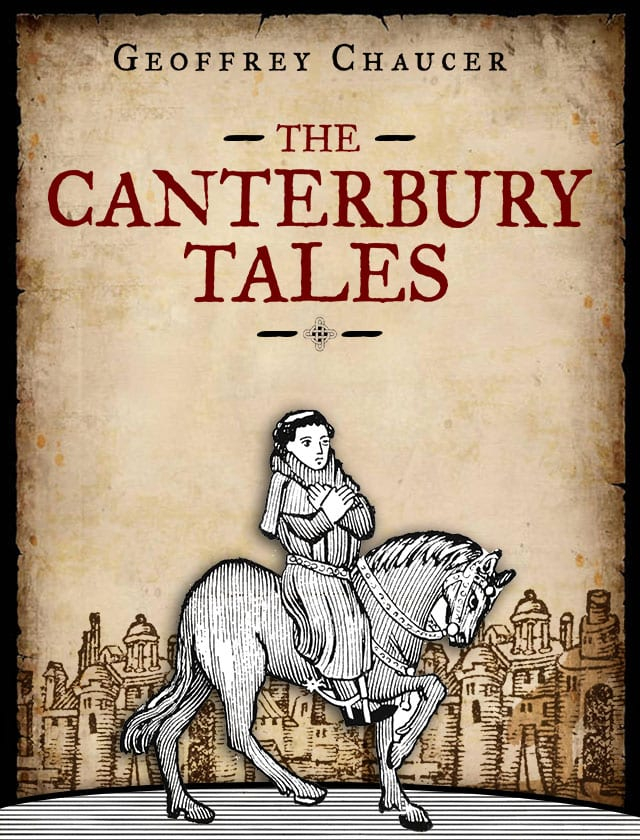
nosweatshakespeare.com 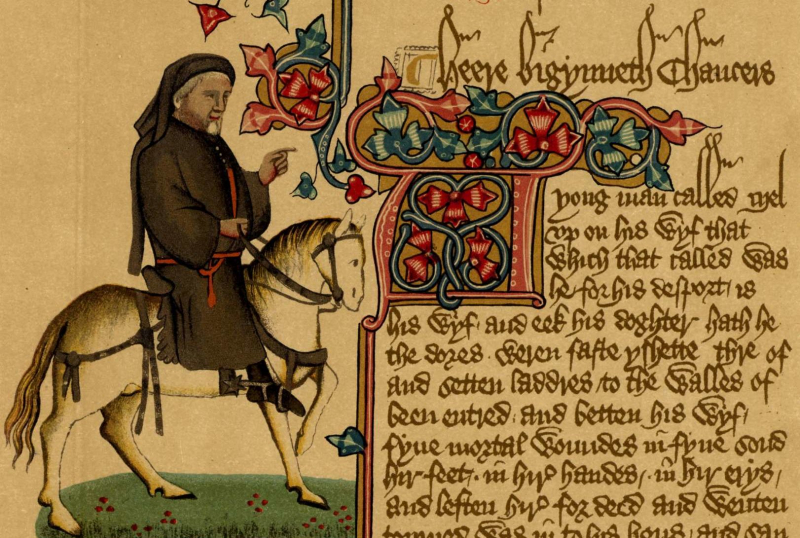
literaryocean.com -
One of the most interesting facts about Geoffrey Chaucer is that he worked as a bureaucrat, courtier, diplomat, and parliament. The first of the "Chaucer Life Records" appears in 1357, in the household records of Elizabeth de Burgh, Countess of Ulster, when he became the noblewoman's page through his father's connections, a standard medieval type of apprenticeship for boys into knighthood or prestige jobs. The countess was married to Lionel, Duke of Clarence, the second surviving son of King Edward III, and the position drew the teenage Chaucer into the close court circle, where he would remain for the rest of his life. He also worked as a courtier, diplomat, and public servant, as well as for the king as Clerk of the King's Works from 1389 until 1391.
During this time, Chaucer is said to have studied law in the Inner Temple (an Inn of Court). On 20 June 1367, he joined Edward III's royal court as a valet de chambre, yeoman, or esquire, a post that might include a wide range of responsibilities. His wife also receives a pension for her judicial work. Chaucer was appointed comptroller of customs for the port of London, a position he began on June 8, 1374. While still employed as comptroller, Chaucer appears to have relocated to Kent, where he was appointed as one of Kent's commissioners of peace at a period when French invasion was a possibility.
On July 12, 1389, Chaucer was named clerk of the king's works, a sort of foreman in charge of coordinating the majority of the king's building projects. During his tenure, no large works were started, but he did rebuild Westminster Palace, St. George's Chapel, and Windsor, finished building the wharf at the Tower of London, and built the stands for a tournament held in 1390. It was a difficult job, but it paid well.
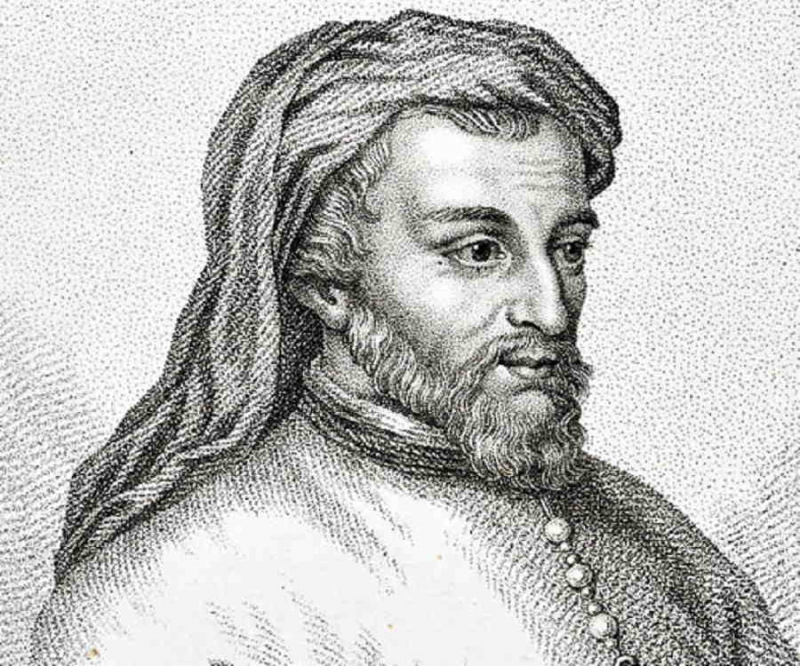
thefamouspeople.com 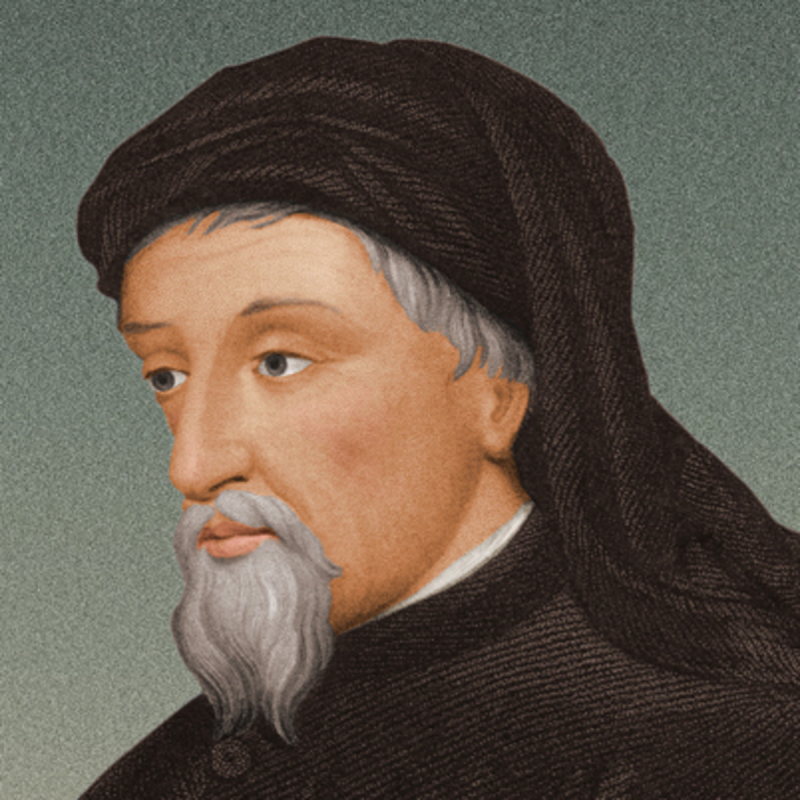
parablesreception.blogspot.com -
One of the most interesting facts about Geoffrey Chaucer is that scholarly research into his legacy did not start until the late 18th century. Although Chaucer's works had long been admired, substantial scholarly work on his legacy did not begin until the late 18th century, with the publication of The Canterbury Tales by Thomas Tyrwhitt, and it did not become an established academic topic until the 19th century.
Scholars like Frederick James Furnivall, who formed the Chaucer Society in 1868, were instrumental in establishing diplomatic editions of Chaucer's key texts, as well as thorough analyses of Chaucer's language and prosody. With his edition, published by Oxford University Press, Walter William Skeat, who, like Furnivall, was closely associated with the Oxford English Dictionary, established the basic text of all of Chaucer's works. Later editions, including critical commentary and bibliographies, were published by John H. Fisher and Larry D. Benson.
With the textual concerns substantially addressed, if not resolved, the focus shifted to Chaucer's themes, structure, and audience. The Chaucer Review was created in 1966 and has remained the preeminent publication of Chaucer studies ever since. Harold Bloom, a literary critic, named Geoffrey Chaucer one of the greatest Western writers of all time in 1994.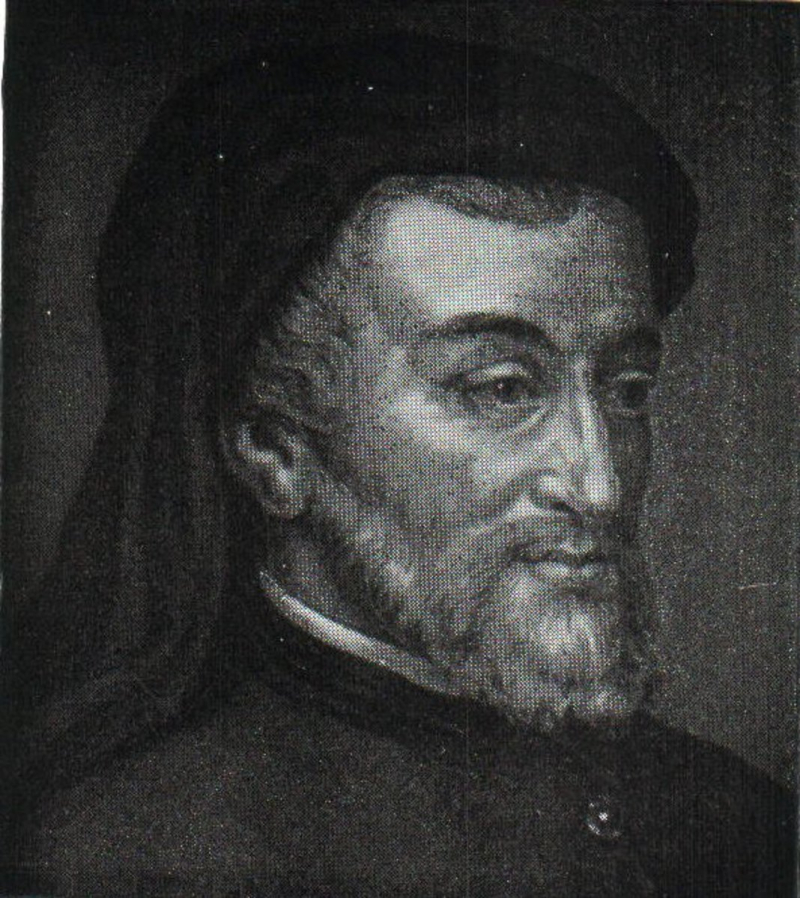
owlcation.com 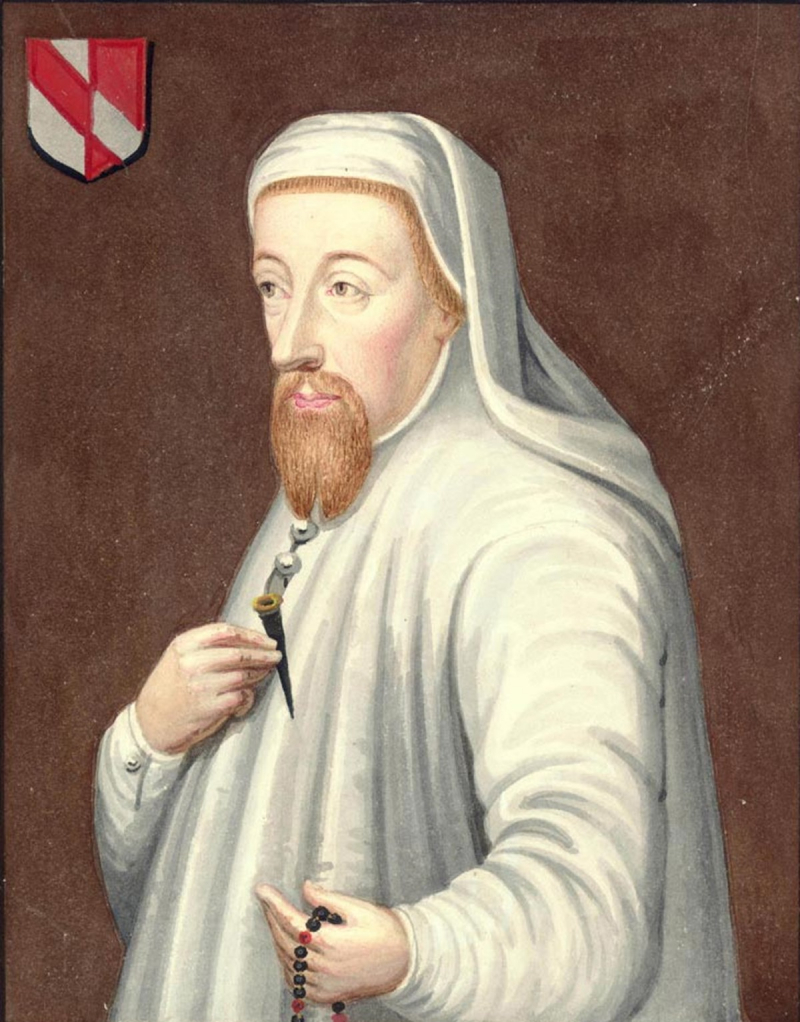
westminster-abbey.org -
It is a fact that he is the first writer interred in the Poets' Corner. Chaucer died on October 25, 1400, of unknown causes, though the only proof for this date comes from an engraving on his tomb, which was placed more than 100 years after his death. Some speculate that he was murdered by Richard II's enemies or possibly on the orders of his successor Henry IV, although the evidence is totally circumstantial. Chaucer was buried in Westminster Abbey in London, as was his right as a tenant of Abbey's cloister. His remains were moved to a more elegant grave in 1556, making him the first writer interred in what is now known as Poets' Corner.
Poets' Corner is the name given to a section of Westminster Abbey's South Transept in the City of Westminster, London, because of the large number of poets, playwrights, and writers buried and remembered there. Geoffrey Chaucer was the first poet buried in Poets' Corner in 1400. William Shakespeare was honored with a monument in 1740, more than a century after his death. Over the years, a custom of interring or memorializing persons there in honor of their contribution to British culture has developed. The award is given to writers in the majority of cases.
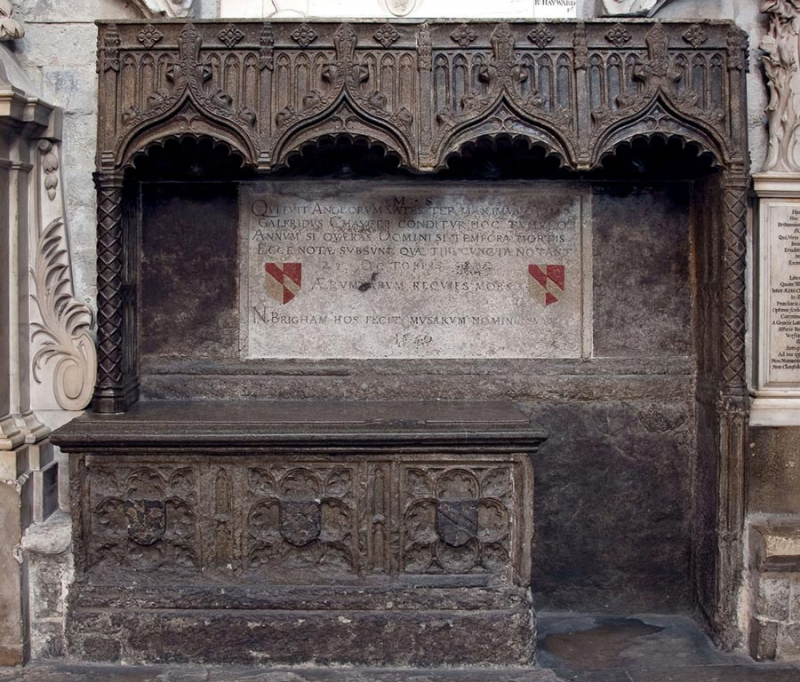
The tomb of Geoffrey Chaucer -pinterest.com 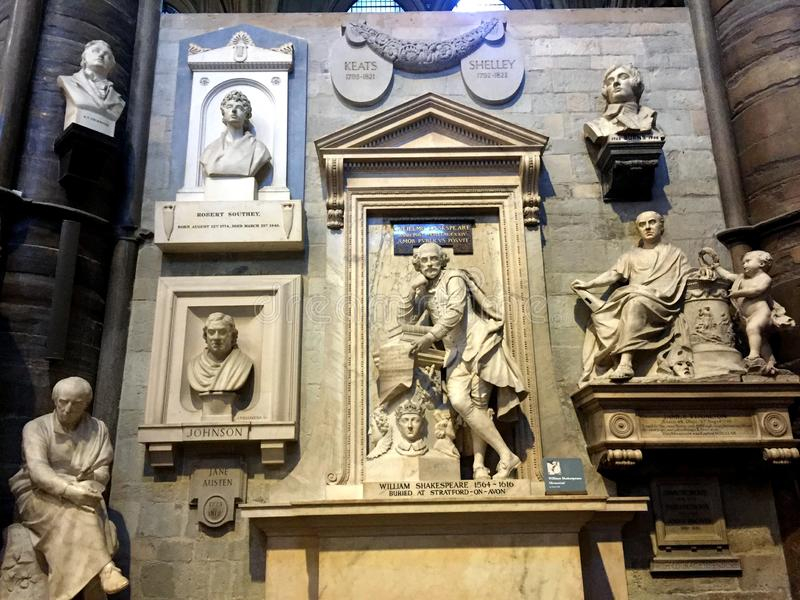
Poets' Corner -dreamstime.com


























